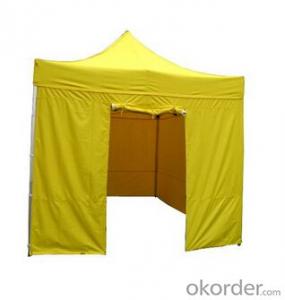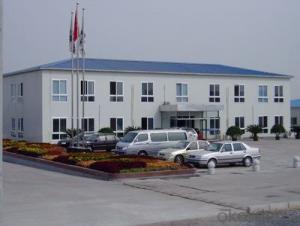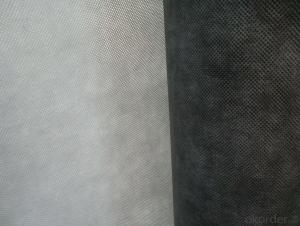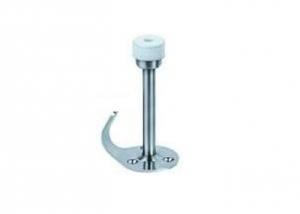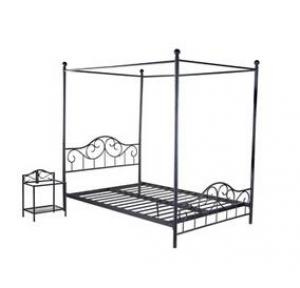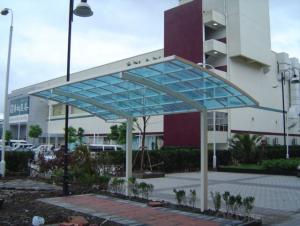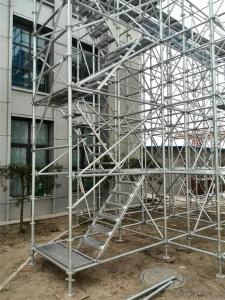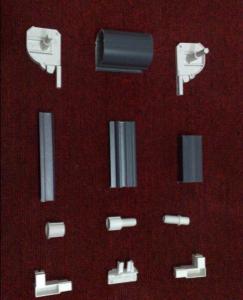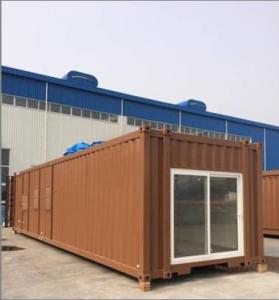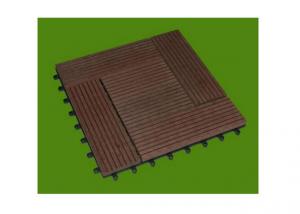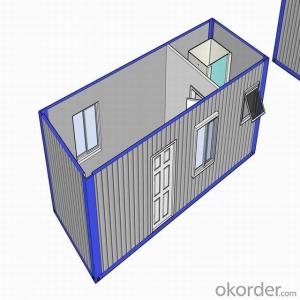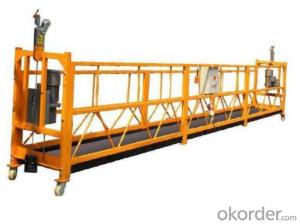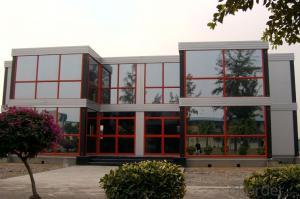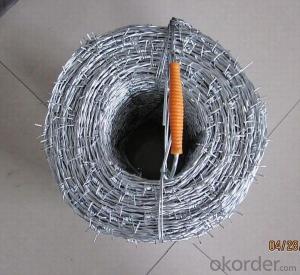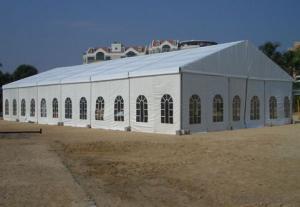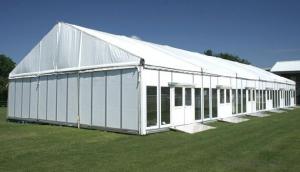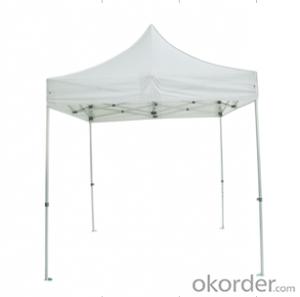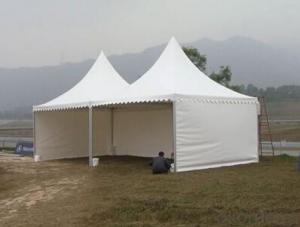Canopy Attached To House
Canopy Attached To House Related Searches
Kids Canopy Bed Roof Lagging House Roof Sheets Suspeded Ceiling Soundproofing A House House Roof Felt Outdoor House Spotlights Hanging Chair From Ceiling Attaching Solar Panels To Roof House Decorations For Sale Standing Seam Roof Outdoor House Lights Led Hanging Fireplace Roof Structure Waterproofing Homes Soundproofing Homes Scaffolding Roof Metal Buildings Into Homes House Awnings For Sale Led Outside House Lights Ceiling Fan House Pendant Light Canopy Parts Led House Lights Outdoor Light Fixture With Chain Ceiling With Led Lights Tin Roofs For Homes House Landscape Lighting Ceiling Light Decoration Soundproofing A Wall Soundproofing Between FloorsCanopy Attached To House Supplier & Manufacturer from China
Canopy Attached To House is a versatile product that offers protection and shade for various outdoor spaces. This product is designed to be attached to the exterior of a house, providing a sheltered area for relaxation, dining, or other activities. The canopy can be customized to fit different architectural styles and preferences, making it a popular choice for homeowners looking to enhance their outdoor living experience.The application and usage scenarios for Canopy Attached To House are diverse, ranging from residential backyards to commercial establishments. It is commonly used to create a comfortable and protected space for outdoor dining, lounging, or even as a carport. Additionally, it can be utilized in gardens, poolside areas, and patios, providing shade from the sun and protection from light rain. This product is an excellent choice for those who want to extend their living space outdoors while maintaining a stylish and functional design.
Okorder.com is a reputable wholesale supplier of Canopy Attached To House, boasting a large inventory to cater to the needs of various customers. With a commitment to quality and customer satisfaction, Okorder.com ensures that the product is available in different sizes, materials, and styles to suit individual preferences. By partnering with Okorder.com, customers can benefit from competitive prices and a wide selection of Canopy Attached To House options, making it easier to find the perfect fit for their home or business.
Hot Products
